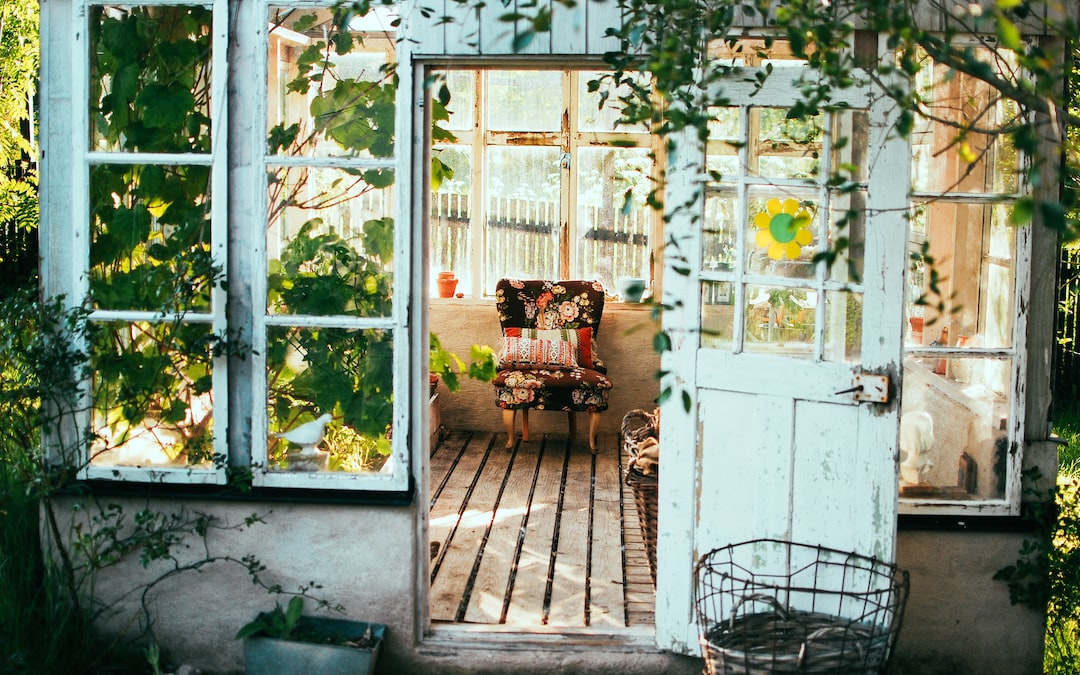Do you dream of having fresh herbs, vegetables, and flowers all year long, even in the dead of winter? With an indoor garden, you can make your dream a reality. Not only will an indoor garden bring life to your home, but it will also provide you with a bountiful supply of herbs and greens. In this blog post, we will guide you through the steps to grow your own indoor garden year-round.
First, let’s consider the essentials for an indoor garden. The most important element is light. Without sufficient light, your plants will struggle to grow. Place your indoor garden in a spot that receives ample natural light, such as near a south or west-facing window. If natural light is limited, you can supplement it with artificial grow lights. LED lights are the best option as they are energy-efficient and produce the right spectrum of light for optimum plant growth.
Next, choose the right containers for your indoor garden. Ensure that the containers have proper drainage holes to prevent waterlogging. You can use plastic pots, clay pots, or even repurpose containers like mason jars or old coffee cans. Ensure the containers are the appropriate size for your plants, providing enough space for the roots to grow.
Now, let’s move on to selecting the perfect plants for your indoor garden. Herbs like basil, thyme, mint, and parsley are great choices as they are compact and can thrive indoors. Salad greens like lettuce, spinach, and arugula are also excellent options. When selecting plants, consider their light and temperature requirements. Some plants, like herbs, require around 6-8 hours of sunlight, while others, like salad greens, can tolerate slightly lower light levels.
After selecting your plants, it’s time to prepare the soil. Use a well-draining potting mix that is rich in organic matter. Avoid using garden soil as it may contain pests or diseases. You can also enrich the potting mix with compost or organic fertilizer to provide additional nutrients for your plants.
Once you have your containers and soil ready, it’s time to sow your seeds or transplant your seedlings. Follow the instructions on the seed packets or consult gardening resources to ensure you plant at the appropriate depth and spacing. Gently water the soil after planting, ensuring it is evenly moist but not soaked. Remember to label your plants to avoid confusion later on.
Watering is a crucial aspect of successful indoor gardening. Most plants prefer evenly moist soil, so check the moisture level regularly and adjust your watering accordingly. Be careful not to overwater as it can lead to root rot. The frequency of watering will depend on various factors like the type of plant, pot size, and humidity levels. It’s always better to underwater than overwater, so if in doubt, wait before watering.
Lastly, don’t forget to provide regular care and maintenance to your indoor garden. Trim your plants regularly to promote bushy growth and prevent them from becoming leggy. Monitor for any signs of pests or diseases, and take prompt action to prevent the spread. Rotate your plants occasionally to ensure each side receives equal light exposure.
By following these simple steps, you can create and maintain a thriving indoor garden all year round. Not only will you enjoy the beauty of greenery throughout your home, but you’ll also relish the joy of harvesting your own fresh produce. Happy gardening!

